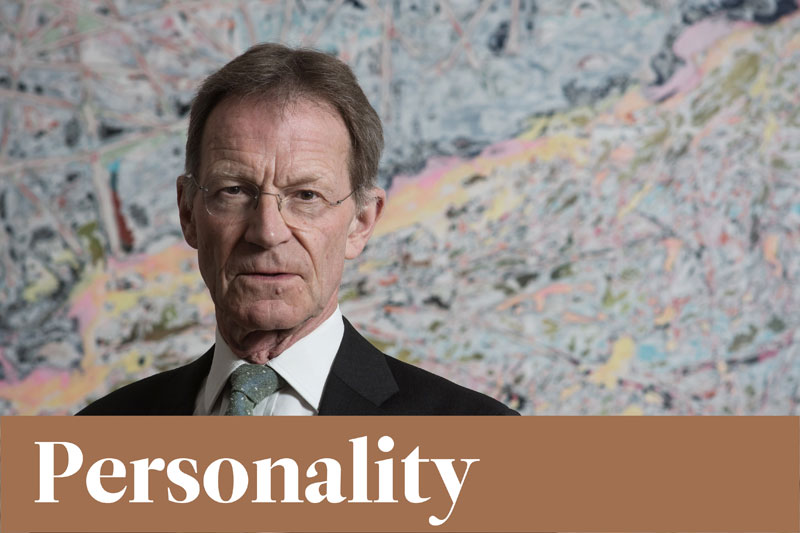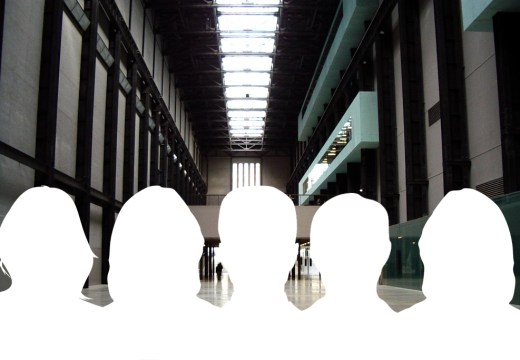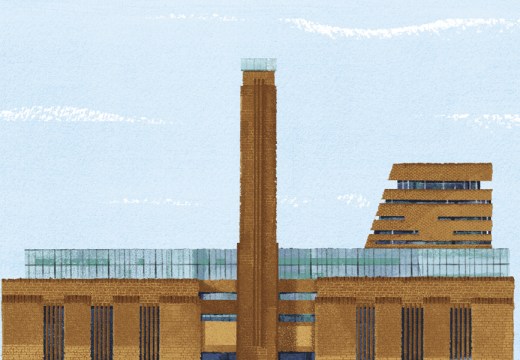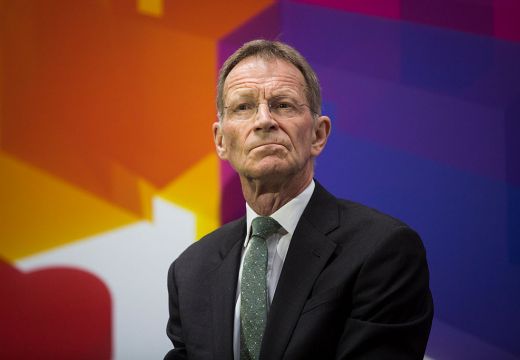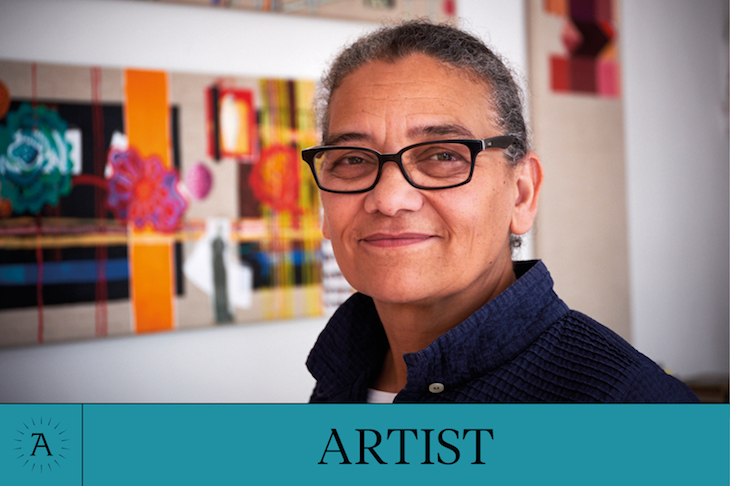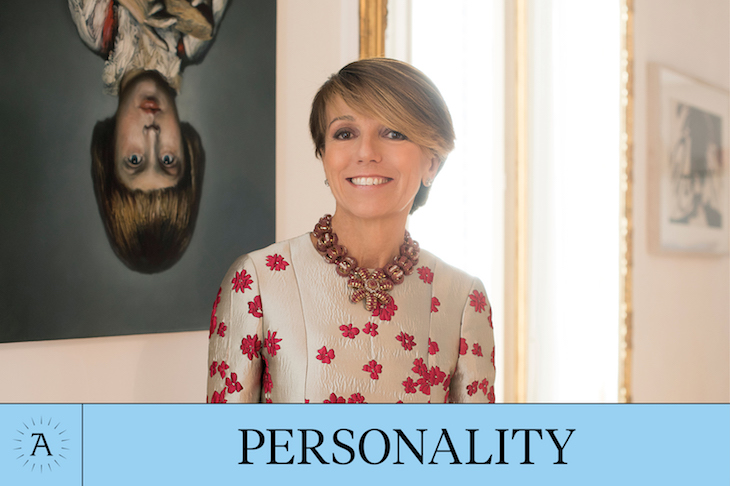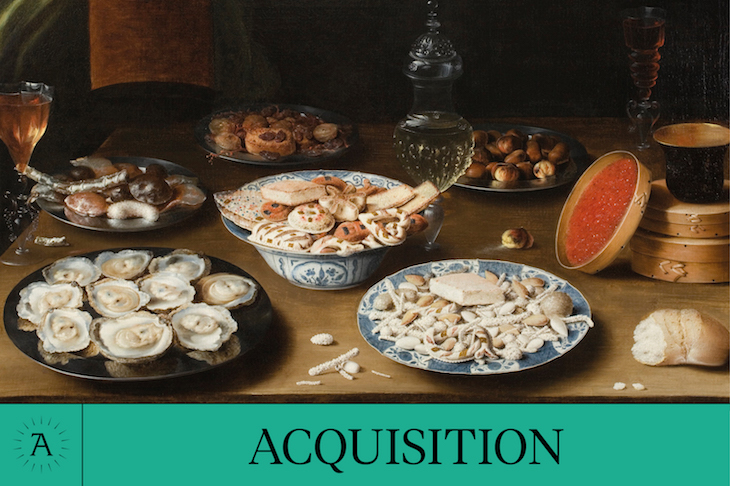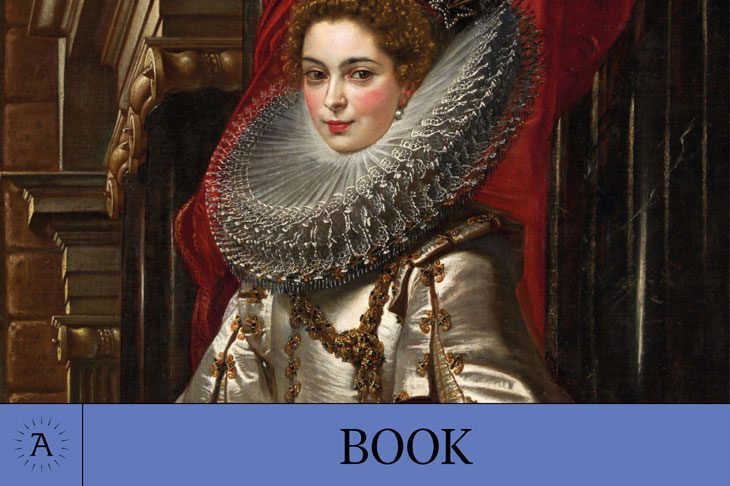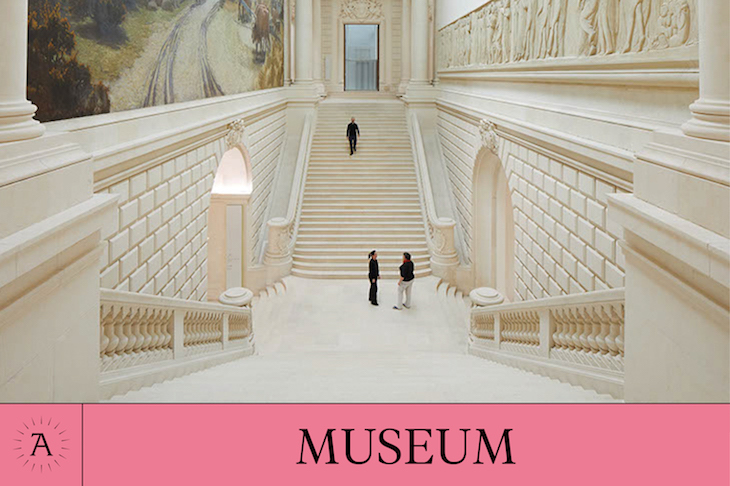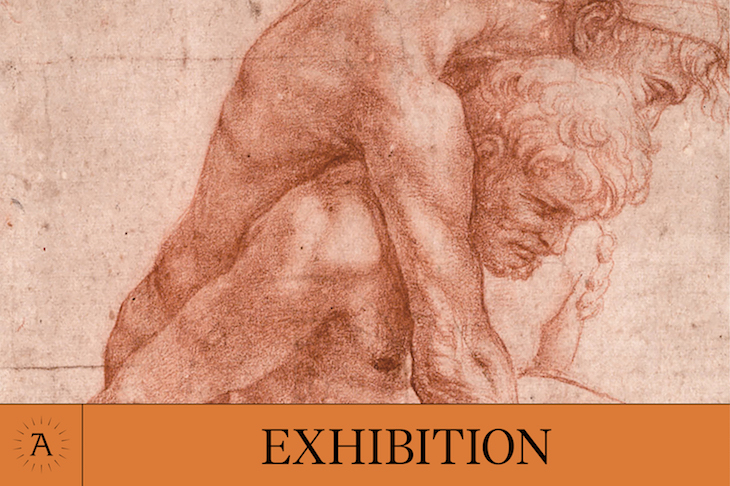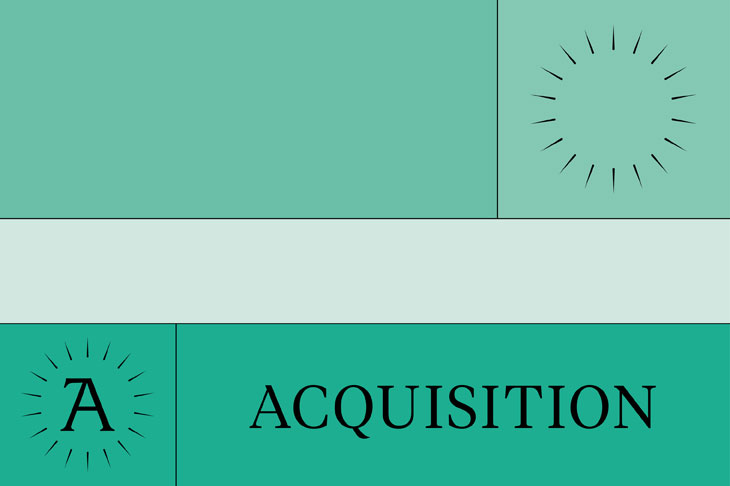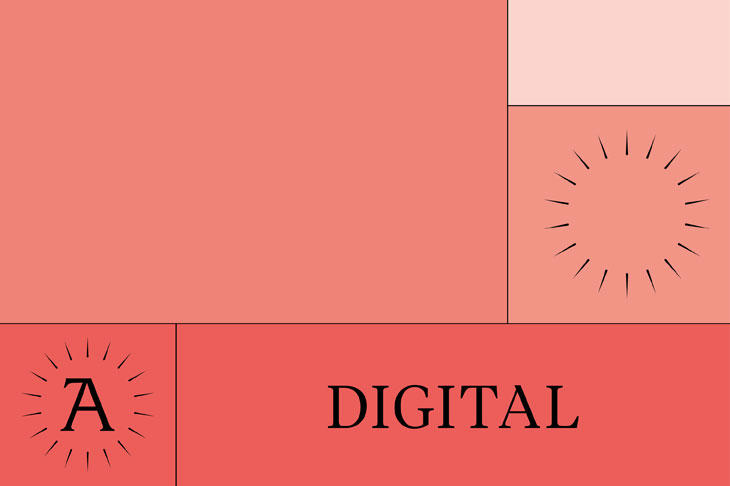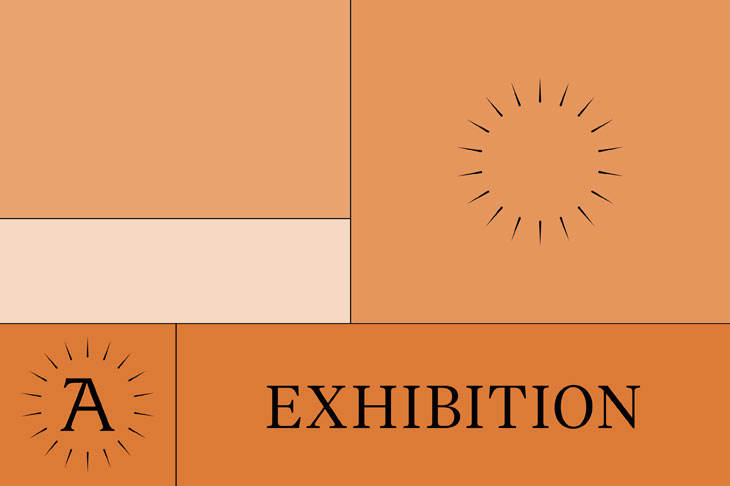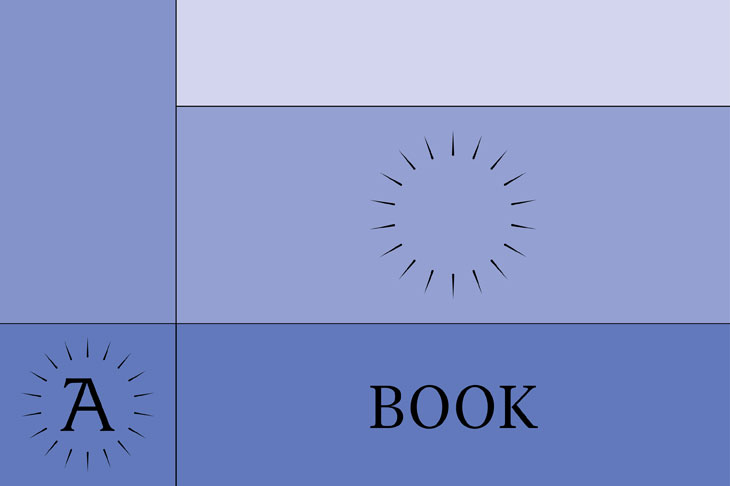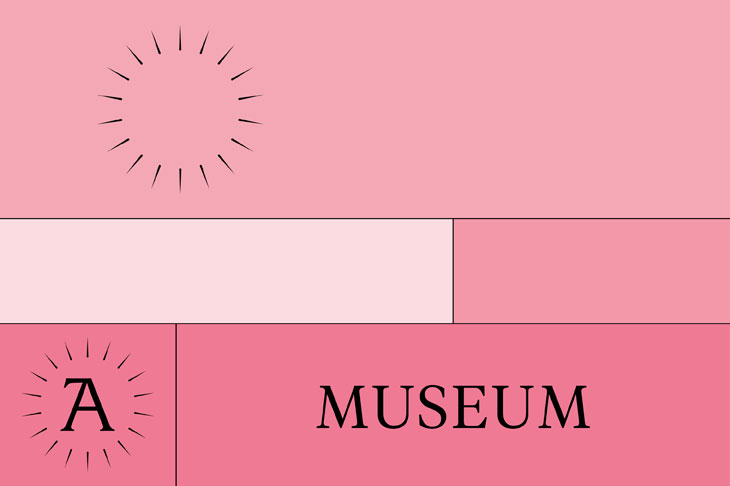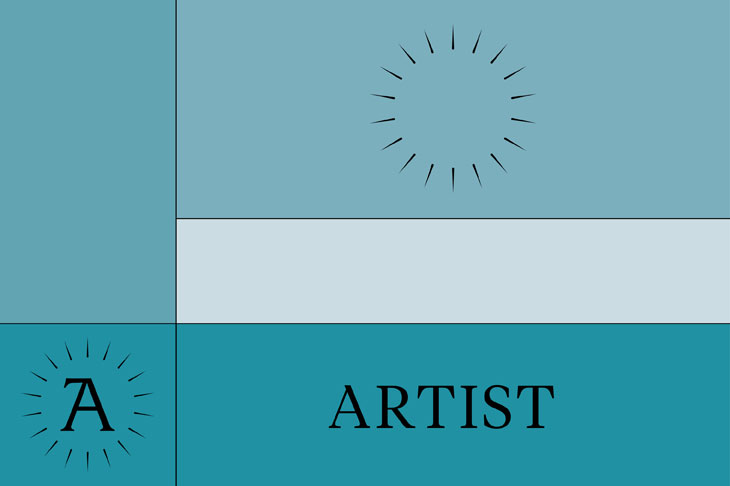Sir Nicholas Serota
‘Why has it taken you so long?’ jokes Nicholas Serota, when he calls to discuss the achievements that have prompted his nomination as the Apollo Personality of the Year for 2016. It’s true that, by any standards, the longstanding director of Tate might well have won this award several times over already – and not least following the opening of Tate Modern in 2000. It is a mark of Serota’s tenacity, however, or rather of the consistency of his vision and accomplishment, that some 28 years after he took the helm at Tate he should still make for such a fitting winner. This award has typically been given either in recognition of lifetime achievement or to celebrate fresh prominence and success: this year, it does both.
In September, Serota announced that he was stepping down as Tate director to become chair of Arts Council England from February 2017. It is perhaps as apt a time as any for him to leave an institution that has been transformed under his watch, and that in turn has stimulated an unprecedented public engagement with modern and contemporary art in London and across the country. In June, of course, Tate celebrated the latest of its bold new beginnings. With the opening of the Herzog & de Meuron-designed Switch House extension at Tate Modern, the gallery has not only expanded its visitor space by 60 per cent, but has also set out a template that other contemporary art institutions will look to for decades to come.
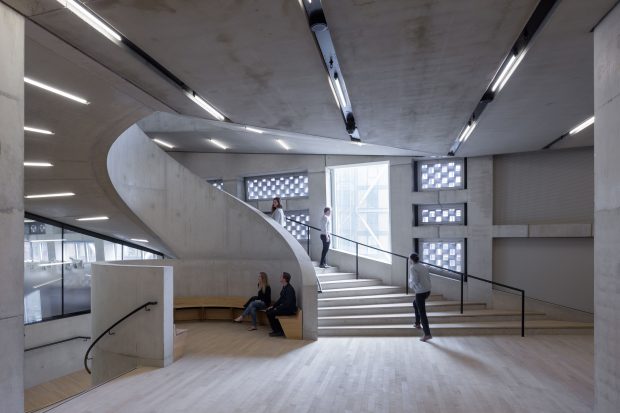
The Switch House extension, designed by Herzog & de Meuron, opened in June 2016. Photo: Iwan Baan
‘I think it provides breathing space, frankly,’ Serota says of the new building, which he began planning in the mid 2000s. Certainly, the new Switch House galleries provide counterpoints to the large white-cube galleries in the original Boiler House building, from the raw subterranean spaces of the Tanks – dedicated to video installations and performance works – to other spaces that are more intimate than anything that the museum has previously been able to muster. More generally, there is a sense of Tate Modern having opened up, in how the new building allows visitors to enter the museum from its south-facing aspect, and how a spectacular walkway beetling over the Turbine Hall now links the Boiler House and Switch House galleries. The museum feels more like a place for discovery than it used to.
But breathing space is not just a matter of visitor itineraries or new types of gallery; it is also about what the new building might inspire or make possible. The fifth floor is given over to Tate Exchange, essentially a vacant space in which visitors are encouraged to take part in workshops or discussions – in other words, a gallery in which the visitors and their ideas will provide the content. Serota suggests that it is ‘like an open art school that anyone can join’, and compares it to the Middlesbrough Institute of Modern Art, where director Alistair Hudson has been implementing the concept of the ‘useful museum’. It is testament to the open-minded attitude of someone who has spent more than 45 years working in museums that he should still be so alert to how they need to evolve. ‘I think that museums are changing,’ says Serota, ‘in that I think people are obviously coming for the experience of art […] but they’re also wanting to debate and discuss it, and they’re wanting to be able to express their own views about it, and to take the art as a starting point to think about other issues in the world.’
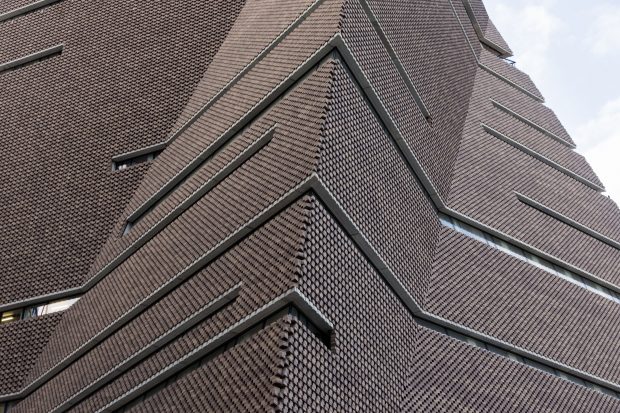
The brick-clad exterior of the Switch House. Photo: Iwan Baan
If the Switch House is a type of testing ground, though, it is also proof of what Tate Modern has already achieved. It is now some 44 years since the media lambasted the museum’s acquisition of Carl Andre’s ‘pile of bricks’, Equivalent VIII, and, as Serota admits, there is ‘a certain irony’ that the brick-clad exterior of Tate Modern’s new extension might be seen as a wry homage to the material composition of that once-controversial work. It may be something of a truism to say that Tate Modern, and in particular the Turbine Hall installations that have so caught the public imagination, have been instrumental in transforming contemporary art in the UK from an elitist or purely avant-garde interest into a field in which the artistic challenges and procedures now appeal to a wide range of audiences. But the evidence is palpable: Tate Modern attracts more than five million visitors each year.
On a recent Saturday afternoon, I watched the crowds that had stationed themselves on the floor of the Turbine Hall to experience the space being animated by Philippe Parreno’s current installation – all gizmos, mechanical fish, and plays of light. The age range of the visitors here is broad and heartening: from groups of teenagers, to young families, to couples in their sixties. While contemporary art may – and ought to – remain difficult, it no longer alienates large swathes of the population in a way that it might have done two decades ago. (As Serota quips: ‘I think Philippe did learn that perhaps if people are going to sit down, they could do with a carpet rather than just sit straight on the concrete floor if they’re going to be there for an hour or two.’)
‘We’ve definitely built an audience and an appetite,’ says Serota, ‘and we’ve probably given people some confidence in making their own judgements about contemporary art.’ That ‘probably’ is typical of Serota at both a personal and institutional level, with its implied caution and characteristic modesty (many would agree with Neil MacGregor’s conviction, expressed in a 2012 New Yorker profile of Serota, that he was ‘by far the most important player in making the British comfortable with contemporary art’). But pushed on the point, Serota speaks with pride about how the sense of risk-taking at Tate, and the confidence that it has engendered, has stimulated the development of a number of successful regional contemporary institutions and, through the touring Artist Rooms programme, seen the audience for contemporary art grow across the country. ‘I do think that the success of Tate Modern and to some extent the success of Tate Britain has helped in the creation of institutions across the country,’ he says, citing Turner Contemporary in Margate and Nottingham Contemporary as examples. ‘You have to take risks if you’re going to literally break new ground, otherwise you’re just working in the furrows that are already there. Artists don’t work in that way and I don’t think museums should.’
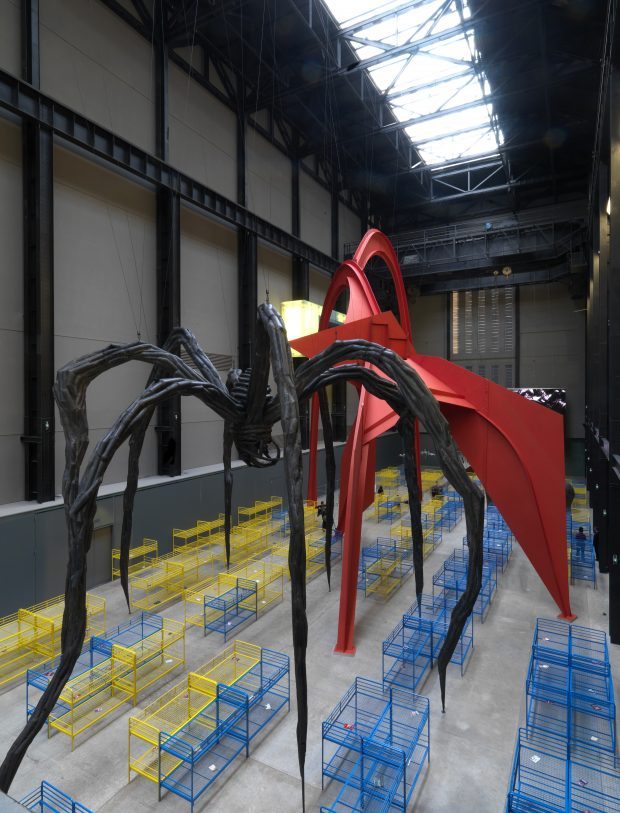
Installation view of Dominique Gonzalez-Foerster’s TH. 2058 (2008–09), in the Turbine Hall, Tate Modern. Photo: Tate Photography
At the top of the Switch House is a viewing platform, which one or two critics have suggested to be the foremost attraction of the new building. For me, though, the spectacular panorama of London that has been created here is another aspect of this structure for which the symbolic resonance is as important as the practical use. At a time when the London skyline has been dominated by high-rise buildings with their private eyries, here is an original, freely accessible prospect of the city, poised above a stack of contemporary art galleries and education spaces, and demanding that visitors consider the relationship between what is held inside the building and what lies beyond it. As Serota has it, ‘You literally do feel yourself to be at the centre of the city, in a way that no one could have envisaged Bankside as being 20 years ago.’
And for all that he has led Tate’s strategy and fundraising through a series of capital projects (including the £45 million renovation of Tate Britain by Caruso St John, completed in 2013), it is in fact thinking of places and people elsewhere that has fostered ‘the most satisfying achievements’ of Serota’s directorship. In particular, this has meant the evolution of the collection to challenge the received history of modern art, ‘moving it from being first of all geographically limited to northwest Europe and North America, to taking it out into the rest of the world […] and adding in photography and film, performance and installation – but particularly the photography element.’ Where critics would cavil in the past at the perceived weakness of the collection in canonical modern art, what has gradually become clear is the extent to which Tate has worked, strategically and stealthily, to recalibrate the very idea of the artistic canon. The entrance walls to the permanent collection displays namecheck figures such as Ibrahim el-Salahi and Sheela Gowda alongside Alexander Calder and Gerhard Richter; and the recent exhibition programme has featured retrospectives of artists including Mira Schendel, Saloua Raouda Choucair, and Bhupen Khakhar. ‘We’re probably in a position now where others elsewhere in the world are looking to us to see what they might do.’
Serota is the first to credit the team at Tate for these achievements, and not least Frances Morris, the recently appointed director of Tate Modern and, from 2006–16, the director of the museum’s collection of international art. It is, he says, ‘a team which is capable of imagining something that people haven’t yet seen’. But it is of course a team that Serota has himself shaped, and with the departure of longstanding colleagues to other institutions, his influence as both a cultural leader and curator is felt widely across the art world. Sheena Wagstaff, who worked for Serota when he was director of Modern Art Oxford (from 1973–76) and then the Whitechapel Gallery (from 1976–88), was chief curator at Tate Modern before moving to New York to head the modern and contemporary art department at the Metropolitan Museum of Art; Nicholas Cullinan, with whom Serota co-curated ‘Cy Twombly: Cycles and Seasons’ in 2008, was appointed director of the National Portrait Gallery at the start of 2015.
Serota may have had his detractors over the years, among them those who have questioned the length of his tenure or the concentration of power in the hands of one director, with four museums within his purview (Tate Modern, Tate Britain, Tate Liverpool, and Tate St Ives). But in a sense, such commentary is testament to the scale and unprecedented nature of his achievements. He steadfastly defends the evolution of Tate Britain since 2000, telling me that it ‘has achieved a great deal more than people sometimes give it credit for’. The development of the 18th-century collection, with the acquisition of major works by Reynolds, Gainsborough, Wright of Derby and others, is one of the aspects of his career that has given him ‘the greatest sense of accomplishment’.
Nobody who knows Serota would question his longstanding dedication to Tate across its venues, to his daunting ability to have secured funding for them from both public and private sources, or to his indefatigable advocacy for the art and artists that they foster and represent – which has been as conspicuous in 2016, the year he has turned 70, as it was when Tate Modern moved into its Bankside home 16 years ago. When I ask whether being a director is still the pinnacle of the museum profession, he jokes that he is ‘past [his] pinnacle’ and is adamant that ‘the most coveted job is to be a curator.’ Then again, since the opening of Tate Modern, he has somehow found the time to curate acclaimed exhibitions on Twombly, Judd, Richter, and other major artists.
How has he kept up his energy, not to mention the concentration that has been required over the decades? ‘No two days are the same, every day is different,’ he says. ‘I’m consistently meeting really interesting people: artists, collectors, educators, occasionally politicians […] It’s just immensely stimulating, and the challenges come at you, you know, one after another. You either buckle or survive.’ All the same, he says, ‘I certainly didn’t think I’d still be here 30 years ago.’
Thomas Marks

